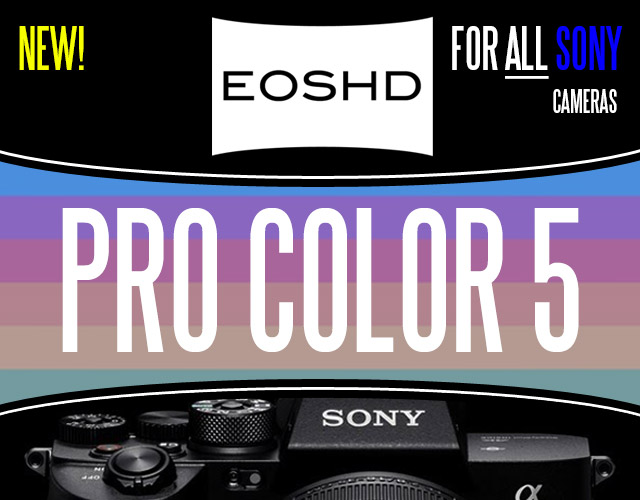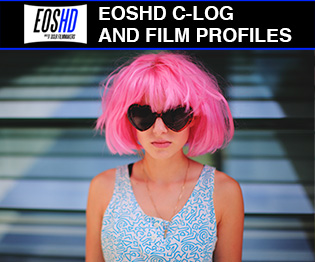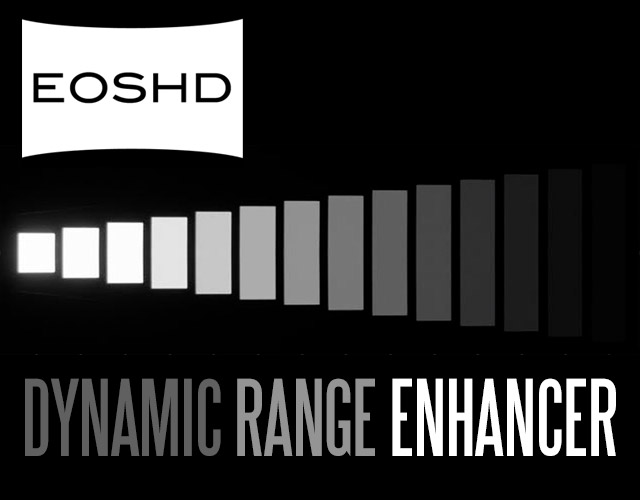Anamorphic lens or Dog Schidt Optiks w/ oval aperture?
-
Similar Content
-
- 2 replies
- 1,970 views
-
Anamorphic feature-length film "The Night Knows No Shore" ( Iscorama )
By PBR,
- iscorama
- anamorphic
- (and 2 more)
- 2 replies
- 2,008 views
-
- 8 replies
- 2,695 views
-
- 21 replies
- 4,437 views
-
- 2 replies
- 1,541 views
-






Recommended Posts
Join the conversation
You can post now and register later. If you have an account, sign in now to post with your account.
Note: Your post will require moderator approval before it will be visible.